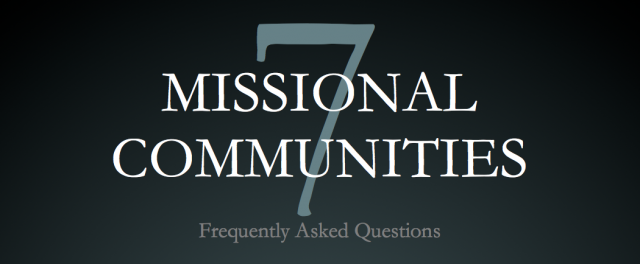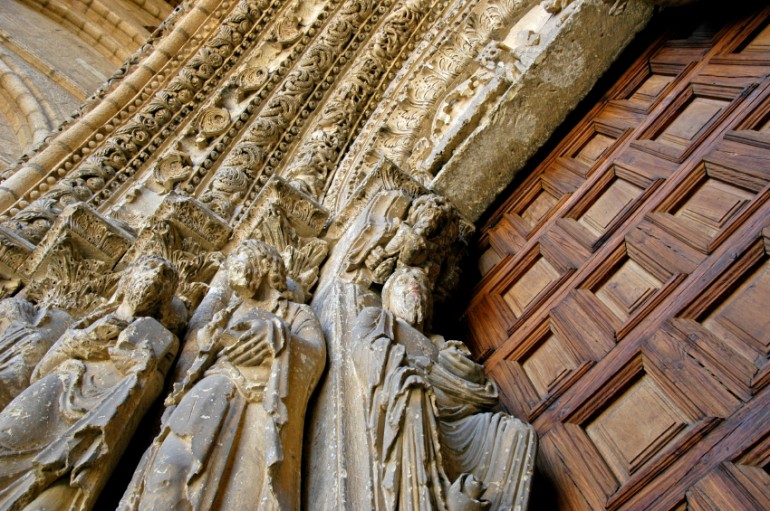Question 4: How do you transition your small group to Missional Community?

You can download a PDF of this post here: PDF
How do you transition your small group to Missional Community?
There are obvious indications when a small group makes the transition to missional community; they do things that you might think are above and beyond, such as moving to live in the same neighborhood as each other, planning vacations with each other, and pitching in when there are financial needs. At Adullam, it’s compelling to see people take missional community seriously, doing more together than just weekly studies, connecting with people in their neighborhood, and finding mission in every aspect of life. Sometimes, that means packing up the family, joining others from their community, and going to serve “the least of these†with the understanding that this is part of our own Spiritual Formation.
I often tell pastors that transitioning small groups to missional communities is really quite simple, but can also be one of your most daunting tasks. This is due to the nature of most small groups – they’ve become accustomed to spending most of their time hanging out with other Christians learning about the Bible – equating knowledge of God to discipleship.
In The Tangible Kingdom, we frame discipleship as integrating three activities: Communion with God, Incarnational Community, and Mission. Since community is the best environment to see discipleship flourish, then the need to balance these in our small groups is vital. As you know, small groups tend to focus on Communion, with a narrow view of Community, and very little emphasis on Mission. So, the good news is that the problem is easy to identify; the tension involves changing the routines, expectations, and behaviors without blowing up the entire ship. Again, the concepts are straightforward, but the implementation requires that we push ourselves to grow in some of our weakest areas.
This is usually when I throw out the disclaimer: Caution – do not take this on as a church-wide program without adequate communication and a process that can help guide your people into new rhythms. We typically suggest piloting some early adopter groups first, and allowing the success of those groups to spread the missional story like a contagion through the larger congregation. Also, don’t shut down your existing groups to start new missional communities. Remember, the current groups likely have one or two of the three key components, and it’s often easier to add-on to the foundation that’s there, than to start from scratch.
Footnote: For more information and resources to help your small groups make the transition, go to www.tangiblekingdom.com.
More about the 7 Questions Series
Over the coming weeks, we will be asking some of the leading thinkers and practitioners to answer 7 of the most frequently asked questions about missional communities. All of the folks we’ll be hearing from are featured speakers at Exponential 2011: On The Verge. For more information about Exponential 2011, visit www.exponentialconference.org. Also, make sure to use and follow the Twitter hashtag #7questions to keep up with the conversation!
Matt Smay is the co-director of Missio, a ministry team committed to training, developing, and apprenticing Incarnational leaders for the church. Within Missio, Matt directs the MCAP, an online collaborative training environment for Incarnational leaders, pastors, and church planters. As co-author of The Tangible Kingdom and the accompanying Tangible Kingdom Primer, Matt balances his time and energy between leading Adullum, a local movement of missional communities in Denver, CO and working directly with church planters and existing pastors as a mentor, coach, and consultant. Twitter: @matt_smay.
================================
Join in the Conversation
What do you think about Matt’s take on transitioning groups? How do most groups define discipleship? Join the conversation in the comment section below…



